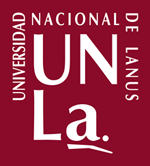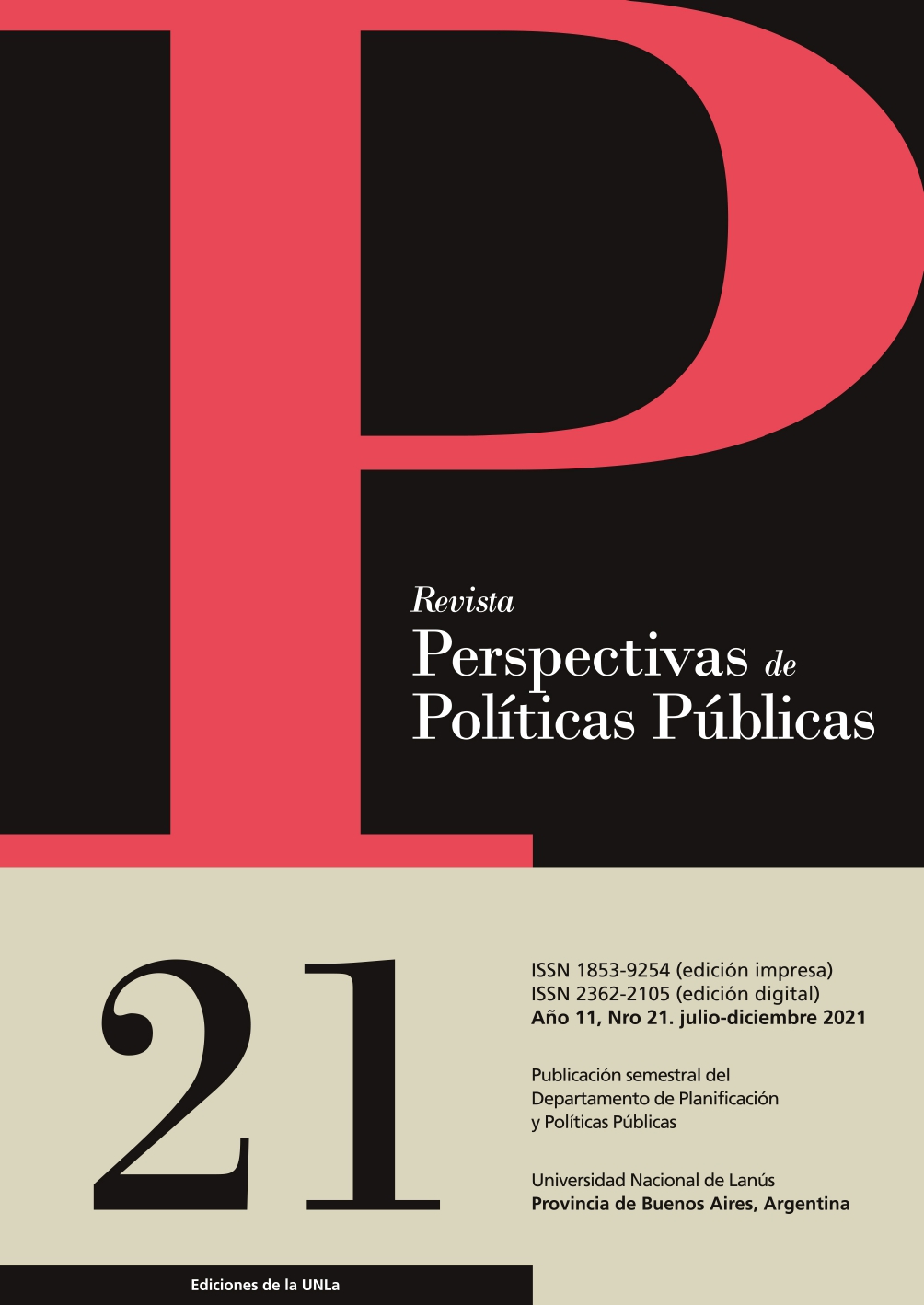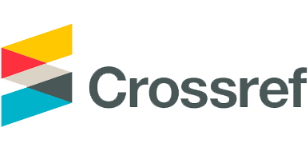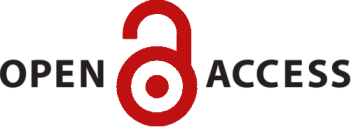Equality in public policies on elementary education in Ecuador
Abstract
This article intends to answers the following question: how was the equality category implemented in public policies for the basic general education in Ecuador? It relies on documentary research with qualitative focus that identifies the
different ways equality is refered to in official documents of public policy. Data systematization was performed with Atlas ti software support. The period of analysis covers a decade (2007-2017). The findings show two aspects: equality appears as a term of polysemy use; the documents build four
symbolic worlds: aborigine, non-aborigine, the public and the private. All of them bear features to be noticed and debated in reference to equality in education. The article is organized in three stages: the emergence of the issue, the building of the
equality agenda and the educational structure.






